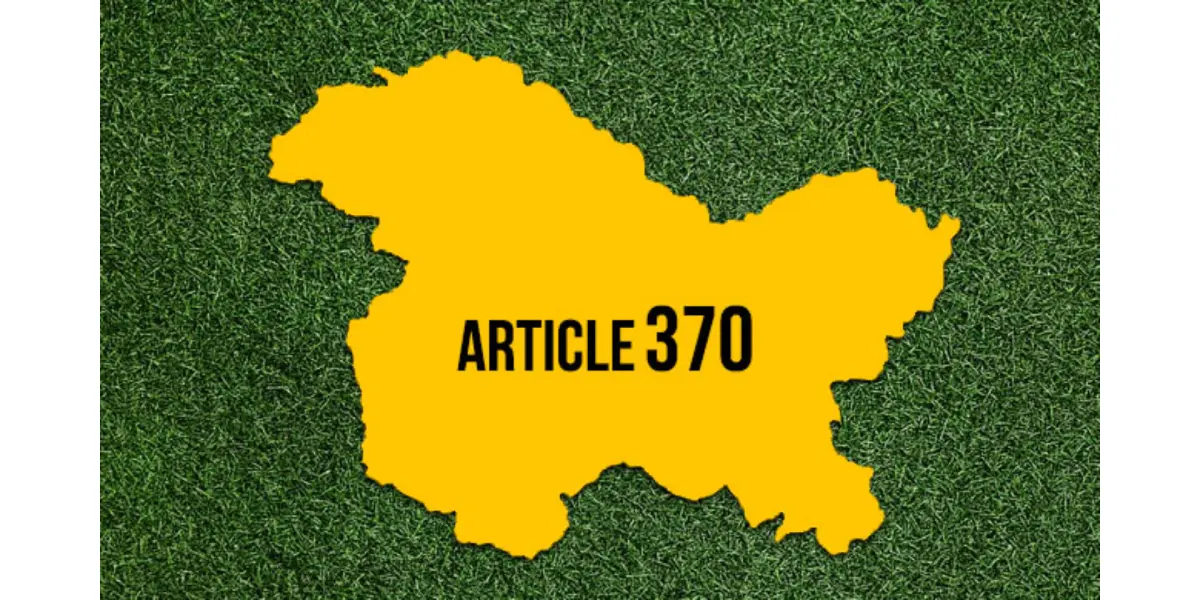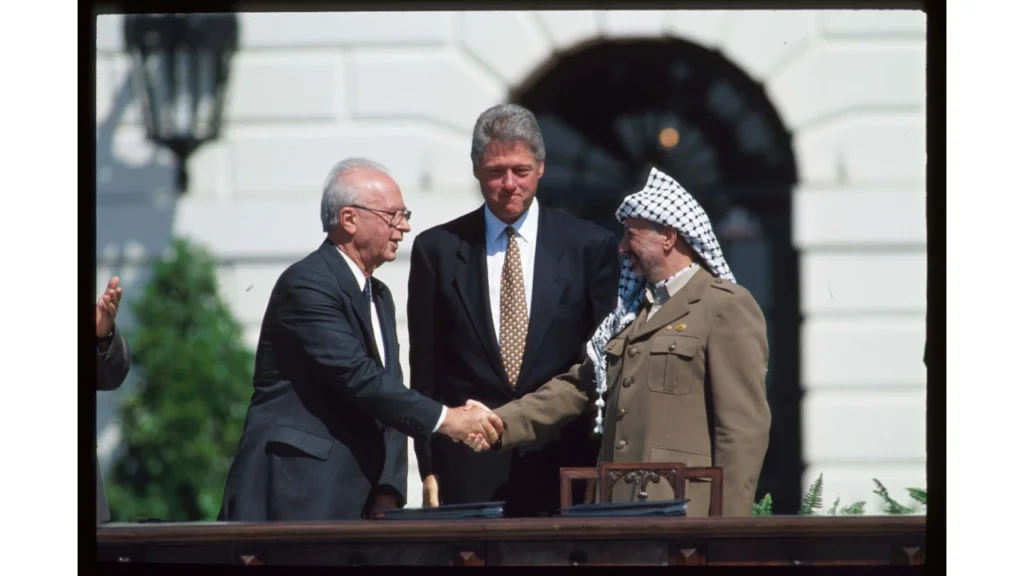Table of Contents
The abrogation of Article 370 and Article 35A from the Indian Constitution on 6 August 2019 was a historic and controversial moment in India’s constitutional history. These provisions granting special status and autonomy to the Jammu and Kashmir region have been the subject of intense debate and controversy for decades. The repeal of these articles was a bold step by the Government of India aimed at promoting national integration and equal rights for all citizens. In this article, we will discuss the evolution, legal basis and complexities of the removal of Article 370 and Article 35A as well as the implications of these decisions on the region and the country as a whole.
The Evolution of Article 370
Context and Incorporation:
The roots of Article 370 can be traced back to the tumultuous events of India’s independence in 1947. The princely state of Jammu and Kashmir had, like others, the option of joining India or Pakistan or remaining independent. Maharaja Hari Singh, the ruler of Jammu and Kashmir, decided to accede to India under certain terms and conditions, which resulted in the inclusion of Article 370 in the Indian Constitution. This provision granted special status and autonomy to Jammu and Kashmir, allowing it to exercise its own constitution, flag and considerable control over internal affairs.
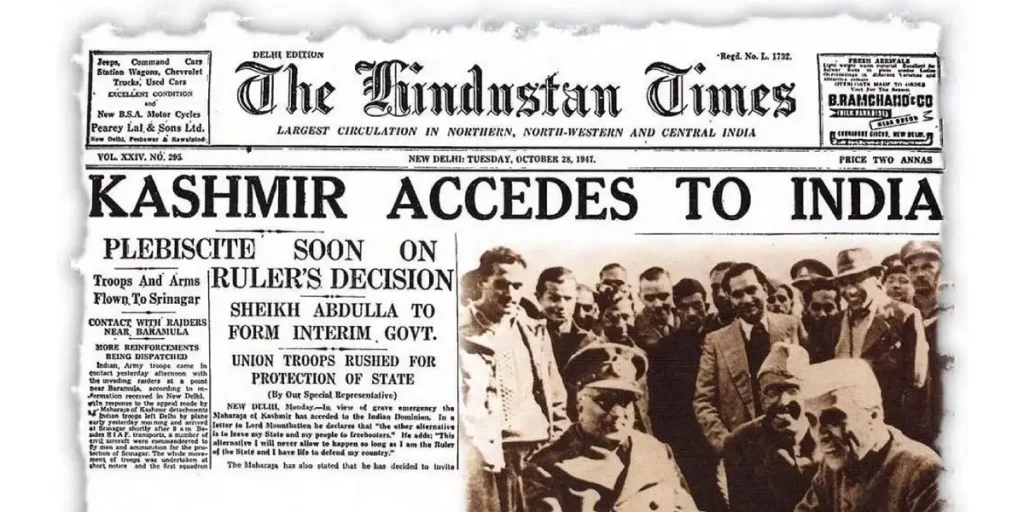
Temporary Provisions:
Article 370 was initially envisaged as a temporary and transitional measure to facilitate the smooth integration of Jammu and Kashmir with the Union of India. It was intended to be a “temporary provision” until the state’s Constituent Assembly determined the final relationship between Jammu and Kashmir and the Union. However, the state’s Constituent Assembly was dissolved in 1957 without recommending abrogation or amendment of Article 370, making its permanence a matter of constitutional ambiguity.
Also Read https://topicsxpress.com/manipur-violence/
The Legal Basis for Removal
Article 370:
The validity of the removal of Article 370 was contained in the provisions of the Indian Constitution itself. Article 370(3) of the Constitution empowered the President of India, on the recommendation of the Parliament, to amend or repeal Article 370. The government argued that the consent of the Constituent Assembly of Jammu and Kashmir, which had ceased to exist in 1957, was not required for abrogation. Instead, it relied on the assent of the state’s governor, acting on the advice of the state cabinet, to satisfy the constitutional requirement.
Several legal challenges were filed in the courts, questioning the procedural aspects of the removal and the constitutional validity of the decision.
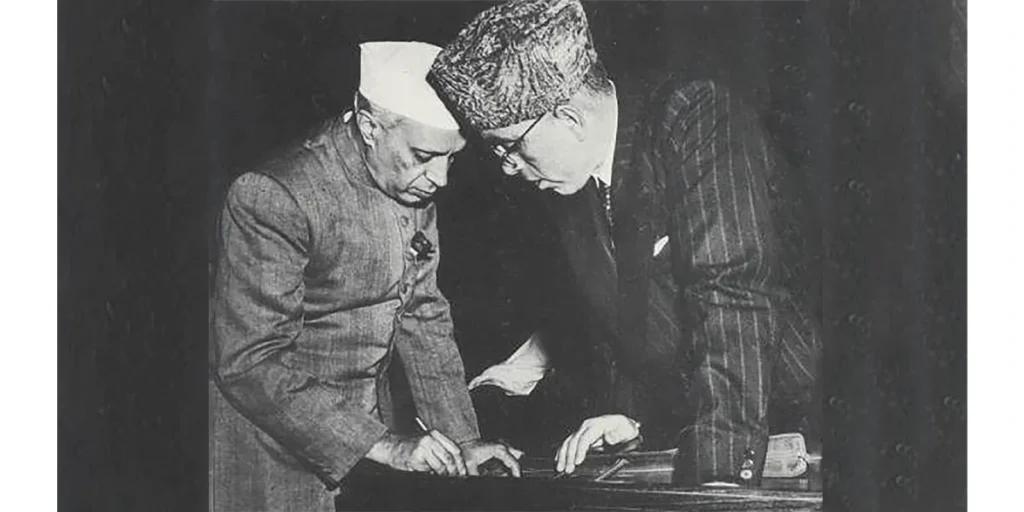
Article 35A:
Article 35A was a provision inserted through a Presidential Order in 1954. It empowered the Jammu and Kashmir State Legislature to define permanent residents of the state and to provide them with special rights and privileges. These privileges included exclusive rights over land, government jobs, scholarships and other forms of aid.
The legality of Article 35A was also a matter of debate. Critics argued that it was discriminatory and violated fundamental rights guaranteed by the Indian Constitution. They argued that it perpetuated the spirit of separatism and hindered the full integration of Jammu and Kashmir with the rest of India.
In August 2019, Article 35A was made ineffective along with the abrogation of Article 370. The government justified its removal by saying that Article 35A was not a permanent provision as it was inserted through a presidential order and was never approved by Parliament.
Also Read https://topicsxpress.com/chandrayaan-3/
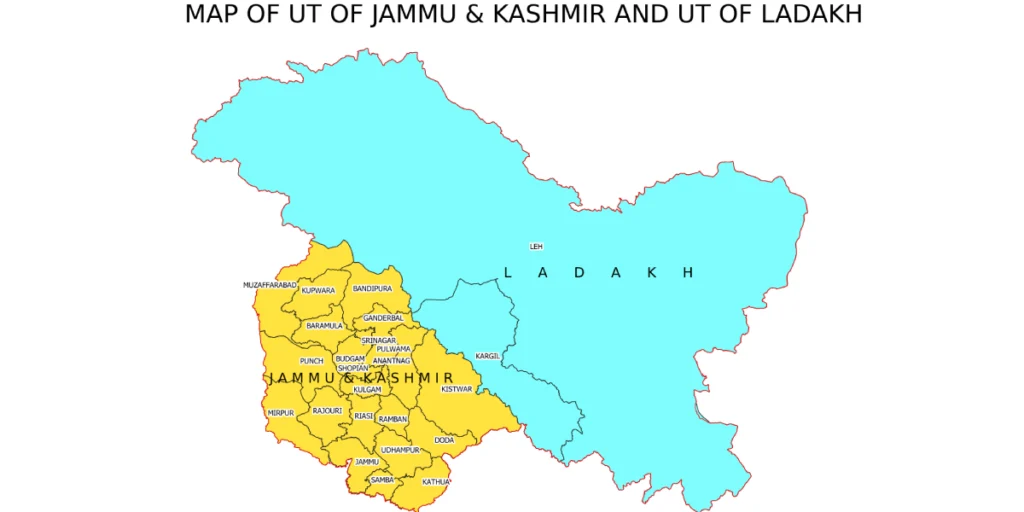
The Aftermath and Impact
The abrogation of Article 370 and Article 35A had a far-reaching impact on the political and administrative landscape of the region. The state of Jammu and Kashmir was reorganized into two separate union territories – Jammu and Kashmir and Ladakh. The Union Territory of Jammu and Kashmir was given a Legislative Assembly, while Ladakh was made a separate Union Territory without a Legislative Assembly.
The decision received mixed reactions. Proponents hailed it as an important step towards national integration, bringing the territory under the direct control of the central government and giving equal rights to all Indian citizens. On the other hand, critics expressed concern about the region’s special identity, loss of autonomy, and the effect of security restrictions on civil liberties.
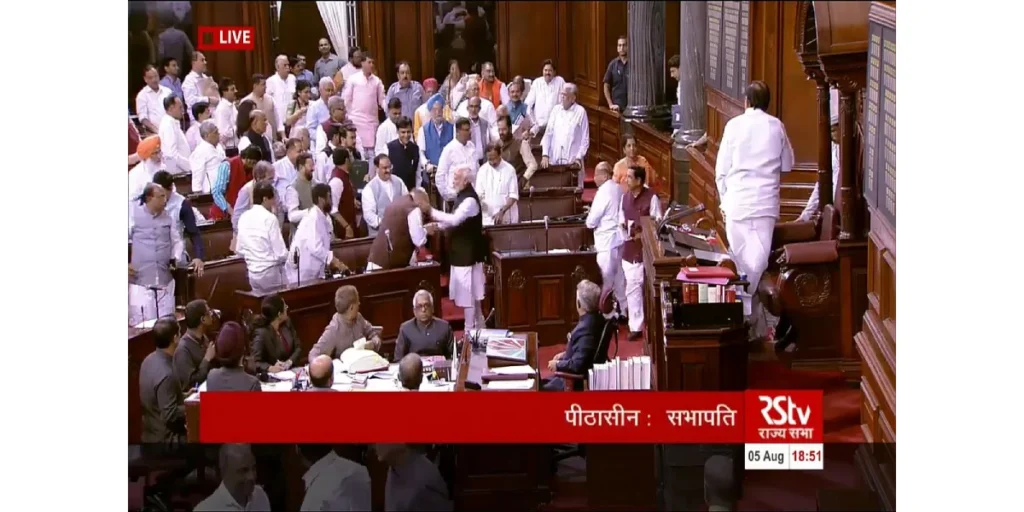
Conclusion
The evolution of Article 370 from its inclusion to its eventual removal highlights the complex and living nature of India’s constitutional framework. However, the removal of Article 370 and Article 35A remains a subject of intense debate, and its long-term impact on the region and the nation will continue to be seen and analyzed in the years to come. The complex nature of these provisions and their removal underscore the challenges of preserving regional identity while promoting national integration in India’s diverse and multicultural landscape.
Frequently Asked Questions (FAQ)
What is Article 370 and why it is removed?
Article 370 was added to Indian constitution to provide special status to Jammu and Kashmir.
Article 370 was removed because it has created a sense of alienation in the people of J&K from rest of the country.
Who wrote Article 370?
Article 370 was added by to Indian Constitution by Indian Constituent Assembly.
What is Article 370 and 371?
Article 370 is related to J&K special status, while Article 371 provide special rights to backward regions.
When was Article 370 removed?
It was removed on Aug 6, 2019.
What are the benefits of removing Article 370?
It has removed the sense of diiferent entity from rest of India and removed the hurdles from developmental works.

